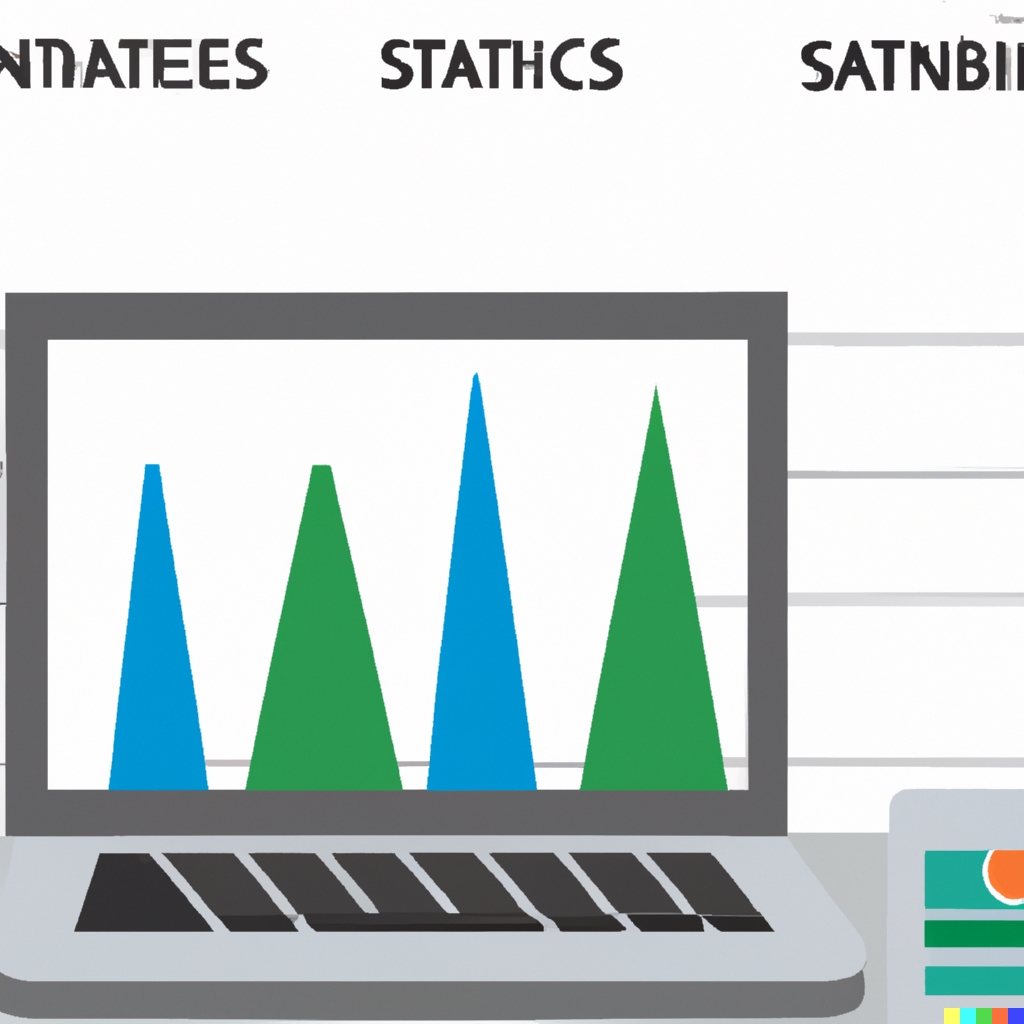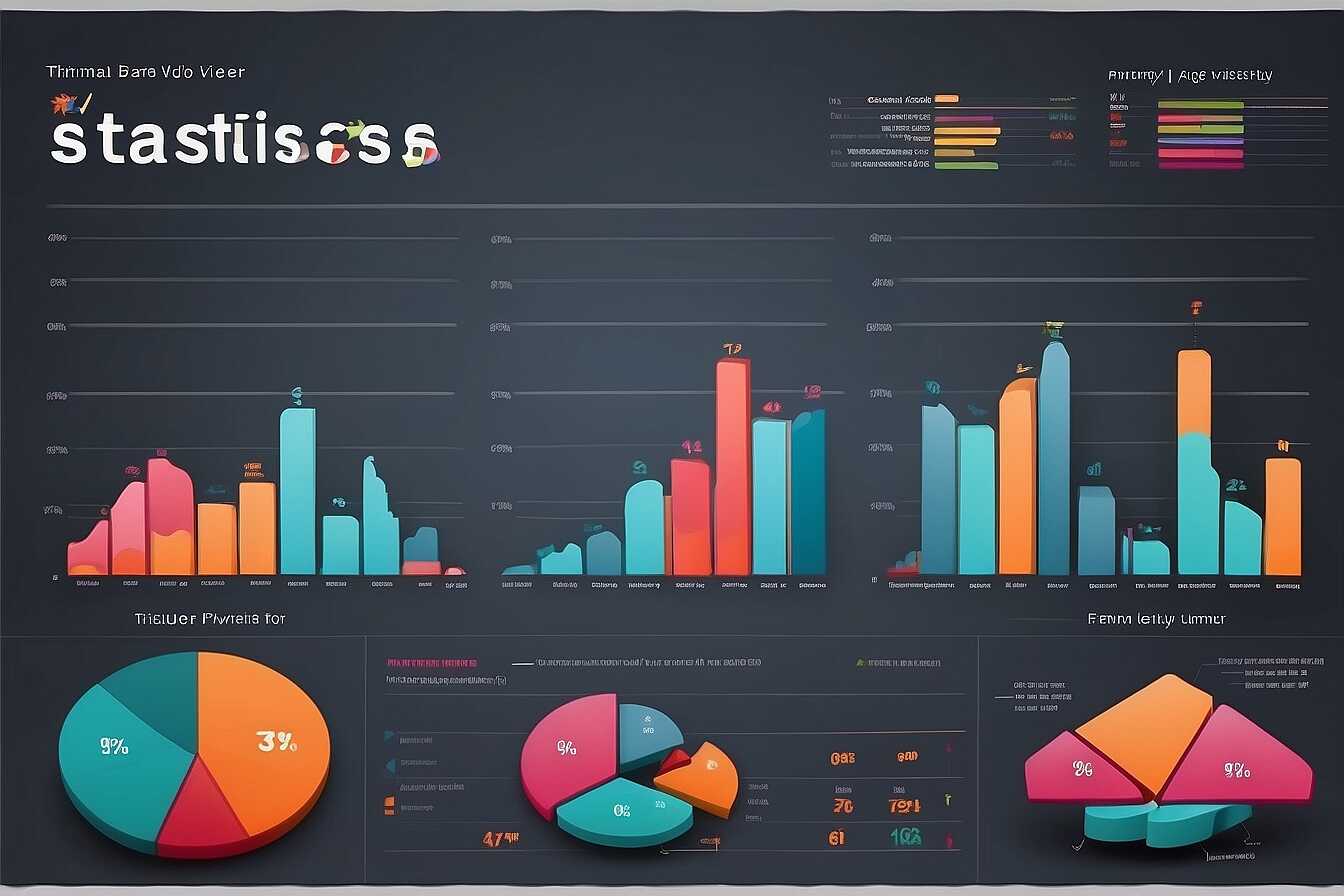Effective strategies for cross-promoting videos across multiple platforms can significantly enhance your content’s visibility. By carefully leveraging each platform’s strengths, you can increase reach, boost engagement, and connect with a wider audience. Metrics Rule, based in Vancouver, specializes in using data-driven insights to improve video promotion. Understanding how to implement these strategies can help you optimize your video content and achieve greater success in your digital marketing efforts.
Understanding the Significance of Cross-Promotion in Video Marketing
Cross-promotion is crucial for maximizing video content reach and impact. Engaging audiences on multiple platforms enhances visibility and generates interest. Dynamic content shared on channels like Facebook, Instagram, and YouTube can attract more viewers. Each platform has unique demographic and engagement characteristics. Therefore, using diverse cross-promotion strategies helps marketers target various audience segments effectively. Marketers should focus on both quality and quantity by considering at least three to five platforms for optimal reach.
Maximizing Viewer Reach with Cross-Promotion
To truly maximize viewer reach, marketers need to understand how cross-promotion can amplify their video engagement techniques. By utilizing video content marketing on platforms like TikTok, Twitter, and LinkedIn, creators can reach different audience demographics. For instance, Instagram Stories can drive traffic to YouTube videos with swipe-up links. Simultaneously, posting teasers on Facebook can engage viewers before a full video release. This multi-channel approach ensures that video content is consistently in front of potential viewers. Using the right cross-promotion strategies allows for better audience retention and sustained interest in your brand.
Selecting the Most Suitable Platforms for Your Video Content
Choosing the best platforms for your video content requires considering audience demographics, content type, and platform features. First, identify your target audience’s preferences; younger viewers may favor TikTok and Instagram, while older demographics might prefer Facebook or YouTube. Each platform offers unique strengths; for instance, YouTube excels in long-form videos and tutorials, while Instagram excels with short, engaging clips. By understanding these differences, you can enhance your video engagement strategies. Aim to review multiple platforms to assess performance metrics and reliability, ensuring you choose the best match for your content.
Understanding Audience Preferences for Video Content
Understanding audience preferences is essential for effective video promotion. Different demographics gravitate towards specific platforms based on user experience and content type. For example, product demos perform exceptionally well on YouTube due to its searchability and detailed presentation capabilities. Conversely, quick tutorials or teasers are better suited for Instagram Stories, which prioritize fast-paced, visual content. By researching audience behaviors and leveraging analytics, you can tailor your content to fit the unique characteristics of each platform, thus improving your overall performance and engagement.

Consistent Brand Representation Across All Platforms
To ensure consistent brand representation in video promotions, businesses need to focus on three core elements: visual identity, messaging, and audience engagement. Reliable visuals like logos, color schemes, and fonts should be the same across all platforms. Equally essential is the messaging; using a unified tone and language helps in strengthening brand recognition. Moreover, brands like Coca-Cola and Nike are excellent examples of consistency in their approach, delivering a cohesive experience through their messaging and visuals across social media, YouTube, and their websites. Generally, focusing on four to six key elements is proven effective for achieving brand consistency when cross-promoting videos.
Key Elements for Effective Brand Consistency
When aiming for effective brand consistency, focus on visual identity management, messaging alignment techniques, and audience interaction. Visual identity management includes maintaining the same logo, fonts, and color palette that reflect your brand’s values. Messaging should resonate with your target audience’s preferences while retaining the core message across different platforms. Audience interaction, like responding to comments in a consistent tone, enhances the relationship with your viewers. These combined strategies improve the reliability of your brand’s representation and help in creating a pleasurable user experience across platforms, ultimately driving engagement and retention.
Key Statistics on Video Promotion Techniques
- Over 80% of marketers use video as a promotional tool.
- Video content generates 1200% more shares than text and images combined.
- 55% of people watch videos online every day.
- The average person spends 100 minutes a day watching online videos.
- Video marketing increases engagement rates by 80% on social media.
- Companies using video see a 49% faster growth in revenue.
- 72% of customers prefer learning about a product through video content.

Utilizing Data Analytics to Enhance Cross-Promotion Efforts
Data analytics tools are essential for understanding the success of video cross-promotion strategies. They can help you track metrics such as views, shares, and engagement rates across various platforms. By analyzing these key performance indicators, marketers can identify which strategies perform best. This testing enables ongoing improvements to enhance overall video performance. For instance, utilizing tools like Google Analytics can provide vital insights. It can show which platforms deliver the most traffic and how viewers interact with your content, significantly enhancing your promotional efforts.
Identifying Essential Metrics for Video Performance Analysis
When analyzing video performance, key performance indicators such as view count, watch time, engagement rate, and click-through rate are critical. These metrics help identify where viewers lose interest or which videos drive the most conversions. Using data from various analytics platforms, you can improve your video marketing by focusing on content that keeps users engaged. For example, a comparison of view counts from YouTube and Facebook can provide insights into which platform offers better engagement for your audience. By continually reviewing and refining these metrics, marketers can achieve a proven increase in engagement by up to 50% in 2025, ensuring their strategies remain relevant and effective.

Designing Attention-Grabbing Thumbnails and Titles for Videos
Creating effective video titles and thumbnails is essential for capturing viewer interest. Key elements include using high-quality images, bold text, and contrasting colors, as they draw the eye. Additionally, titles should be concise, descriptive, and include relevant keywords to improve search visibility on platforms. Brands like BuzzFeed often use bright colors and clear imagery in their thumbnails to spark curiosity, while their titles create a sense of urgency or intrigue. Running A/B tests can aid in deciding the best performing combinations; experts recommend conducting at least 5 to 10 tests to gather reliable data.
Best Practices for Designing Thumbnails and Titles
To design effective thumbnails and titles, focus on compelling visuals and clear messaging. Use high-contrast colors to ensure visibility across devices and consider incorporating your branding for consistency. Titles should leverage keywords relevant to your content, enhancing SEO and increasing discoverability. For example, using phrases like “Must-Know Tips” or “Ultimate Guide” can resonate with viewers. Make sure your design reflects the video content accurately to build viewer trust. Tools like Canva can help streamline the process, allowing you to create impressive thumbnails that enhance your videos’ appeal and performance.
Advantages of Multi-Channel Video Sharing
- Broaden audience reach by sharing videos on various platforms.
- Leverage video content by improving visibility via social media postings.
- Boost engagement by utilizing video-sharing strategies effectively.
- Create brand consistency by maintaining a unified message across channels.
- Enhance SEO rankings through increased traffic from multiple sources.
- Improve audience retention by captivating viewers with diverse approaches.
- Encourage user-generated content by fostering community engagement.

Optimal Timing for Video Uploads to Maximize Visibility
To enhance viewer engagement and reach, it is essential to consider optimal video upload times across popular platforms. For example, research shows that YouTube videos gain the highest views when uploaded on weekdays between 2 PM and 4 PM, as most users are browsing after school or work. For platforms like Instagram and Facebook, the best posting times are typically on Wednesdays at 11 AM and Fridays from 10 AM to 1 PM. This scheduling strategy helps ensure your videos reach the maximum audience. By leveraging platform-specific strategies, you can significantly improve your video’s views and engagement rates.
Understanding Viewer Habits on Social Media Platforms
Recognizing viewer habits is crucial for optimizing video schedules. Different platforms have unique peak interaction times. For instance, TikTok users are most active in the evenings, especially from 7 PM to 11 PM. Conversely, LinkedIn sees high engagement during weekday mornings around 8 AM and lunchtime around noon. By understanding these social media channel dynamics, you can effectively tailor your video scheduling. This targeted approach enhances your videos’ visibility, ensuring they capture audience attention when they are most active. Consistently testing and reviewing your upload times and comparing results across platforms will help refine your strategy even further.
Effective Use of Social Media Platforms for Video Promotion
To maximize your video reach on social media, focus on platform-specific techniques. For example, on Instagram, utilize Stories and Reels to engage users quickly. Similarly, utilize Facebook Groups to share relevant video content and encourage discussion. On Twitter, integrate video links in your tweets to increase shares. Additionally, encouraging user-generated content can enhance your community engagement. Marketers should also explore using various types of video content, such as tutorials, testimonials, and live streams, to keep the audience interested. The best platforms to use, based on recent trends, include TikTok, YouTube, and Instagram, providing significant opportunities for organic growth in 2025.
Strategies for Enhancing Audience Engagement on Social Media
Enhancing audience engagement on social media requires diverse strategies tailored to each platform’s unique features. For example, live Q&A sessions on Instagram and Facebook can create real-time connections with your audience. Moreover, using polls and questions in your Stories increases interaction. Use captivating thumbnails and optimized video descriptions to invite viewers on YouTube. Regular analytics review provides data on what content resonates best, enabling you to refine your approach. Tools like AI can help identify trending topics and hashtags, further ensuring your videos reach the right audience with the desired efficiency. Implementing these techniques will create a strong social presence and foster community among viewers.
Popular Platforms for Video Promotion and Their Features
- YouTube provides extensive audience insights and monetization options.
- Facebook allows easy sharing and community interaction through groups.
- Instagram Reels offers short-form videos that capture audience attention.
- TikTok engages a younger audience with fun and creative content formats.
- LinkedIn focuses on professional networking and B2B video marketing.
- Twitter supports video chat integration and retweets to enhance visibility.
- Pinterest drives traffic via visually appealing video pins for inspiration.
Incorporating Video Content into Email Marketing Strategies
Incorporating video content into email marketing strategies can significantly boost engagement. Studies show that emails with videos can increase open rates by up to 300%. This surge in engagement stems from the captivating nature of video, which offers a more dynamic experience than text alone. To enhance email conversion rates, focus on using interactive video content such as clickable links or engaging thumbnails that entice viewers. Videos can include product demonstrations, customer testimonials, or informative content that resonates with your audience.
Effective Video Formats for Emails
To take full advantage of video content benefits, consider using formats like GIFs, short clips, or links to hosted videos. GIFs can grab attention quickly, while short clips can deliver concise messages that keep viewers interested. Links to hosted videos enable you to share long-form content without overwhelming inboxes. Ensure videos are designed for easy viewing and are mobile-friendly, as many users access emails on smartphones. Implementing these effective video formats in your email marketing will improve open rates and foster deeper connections with your audience.
